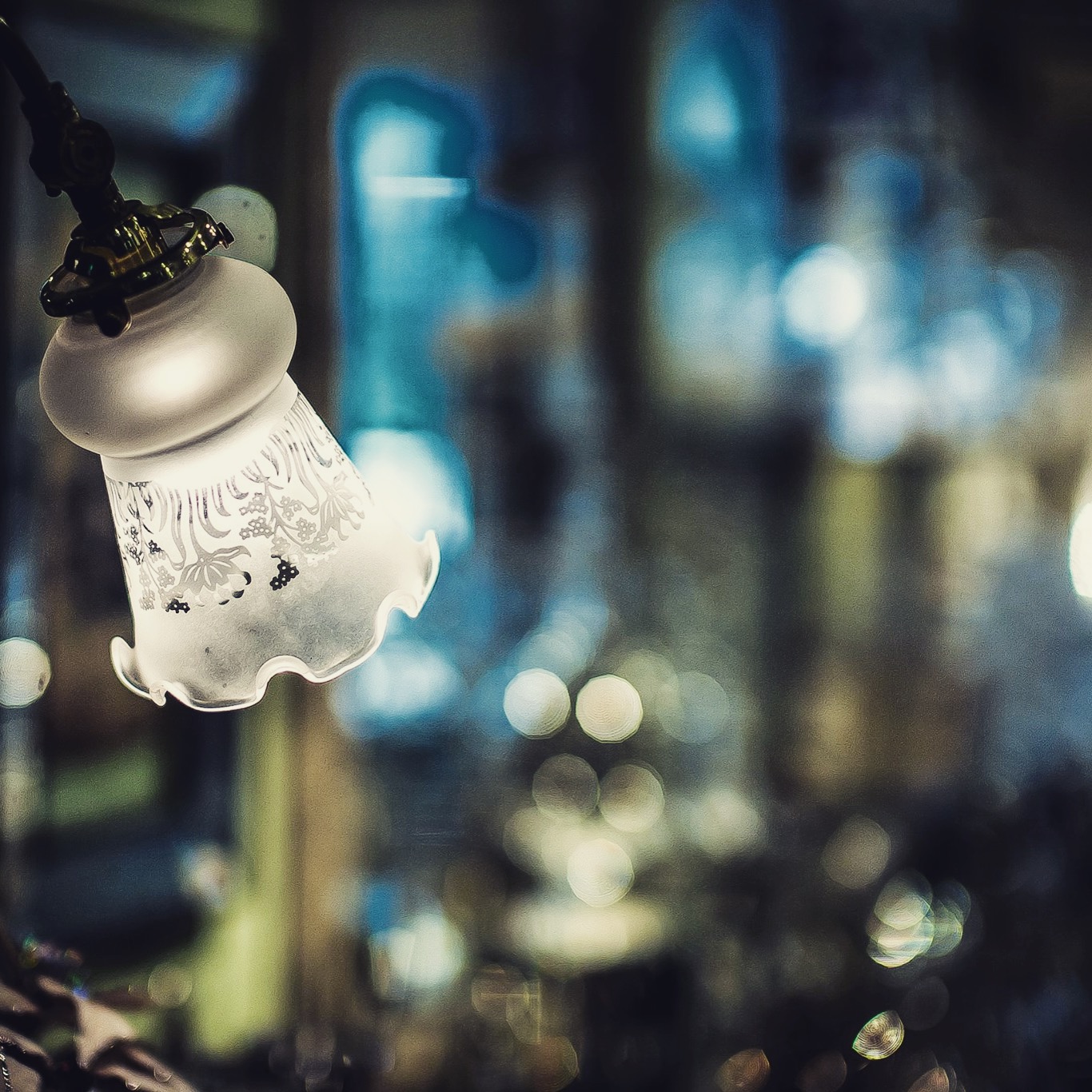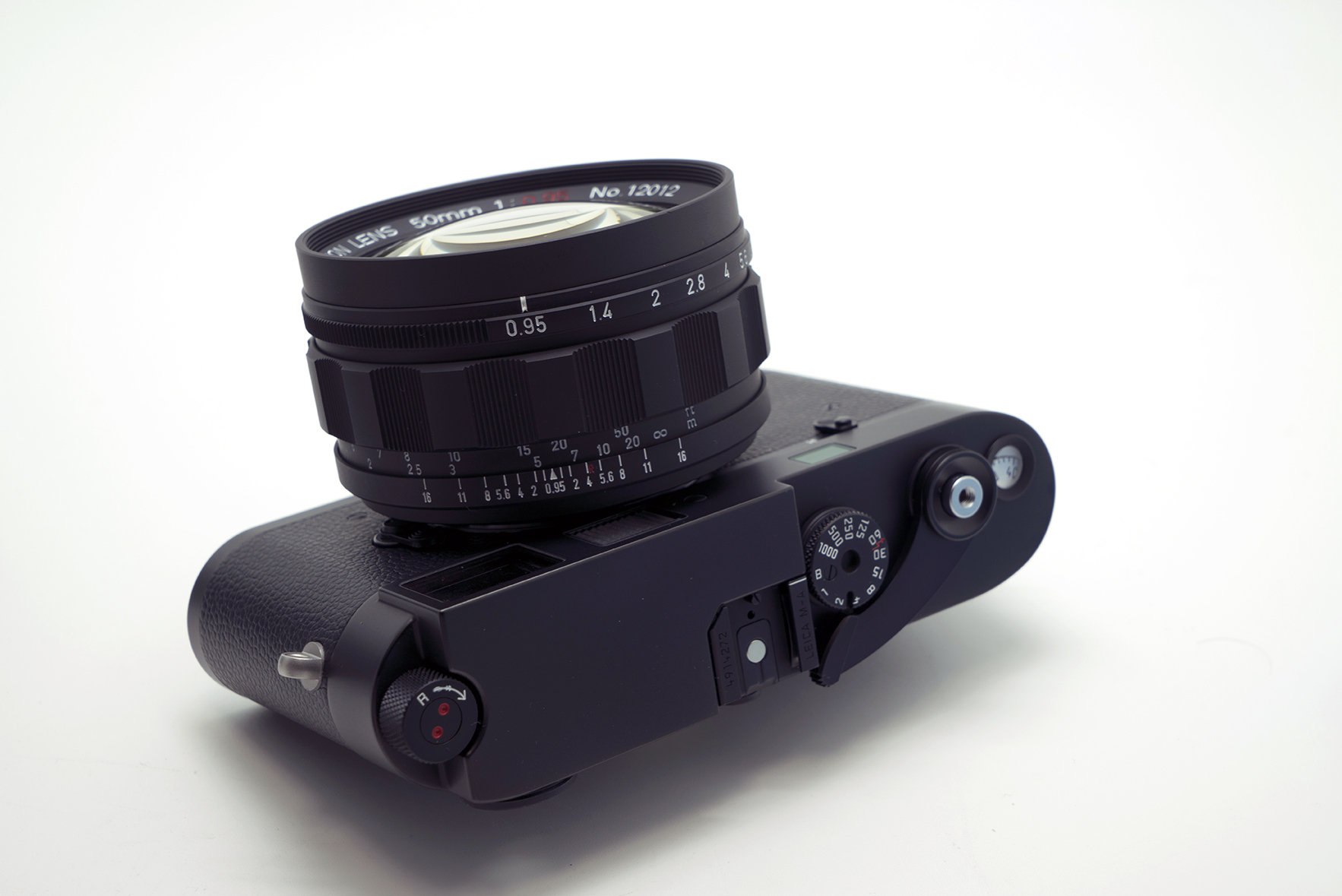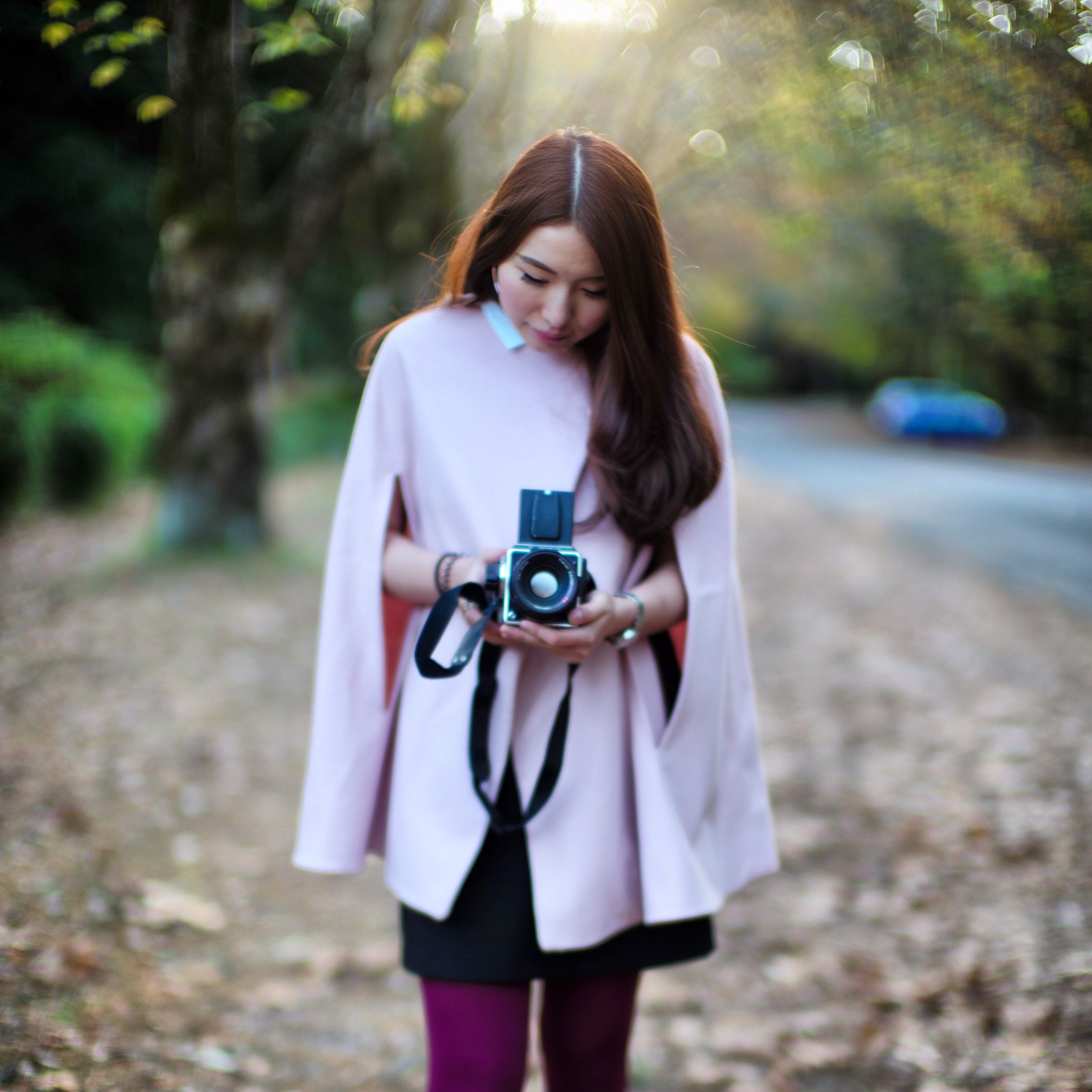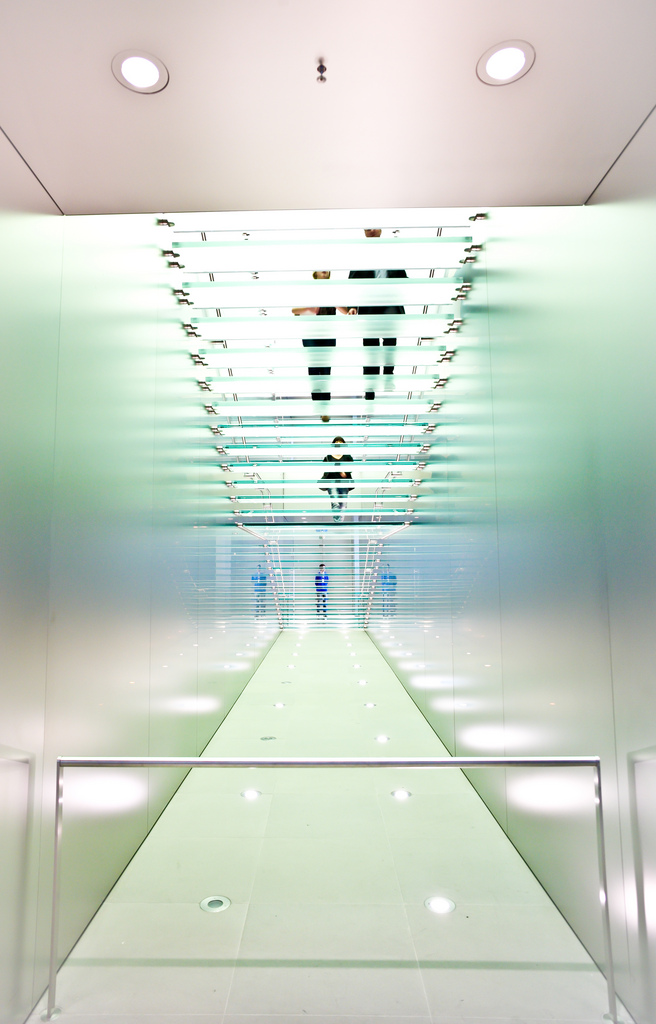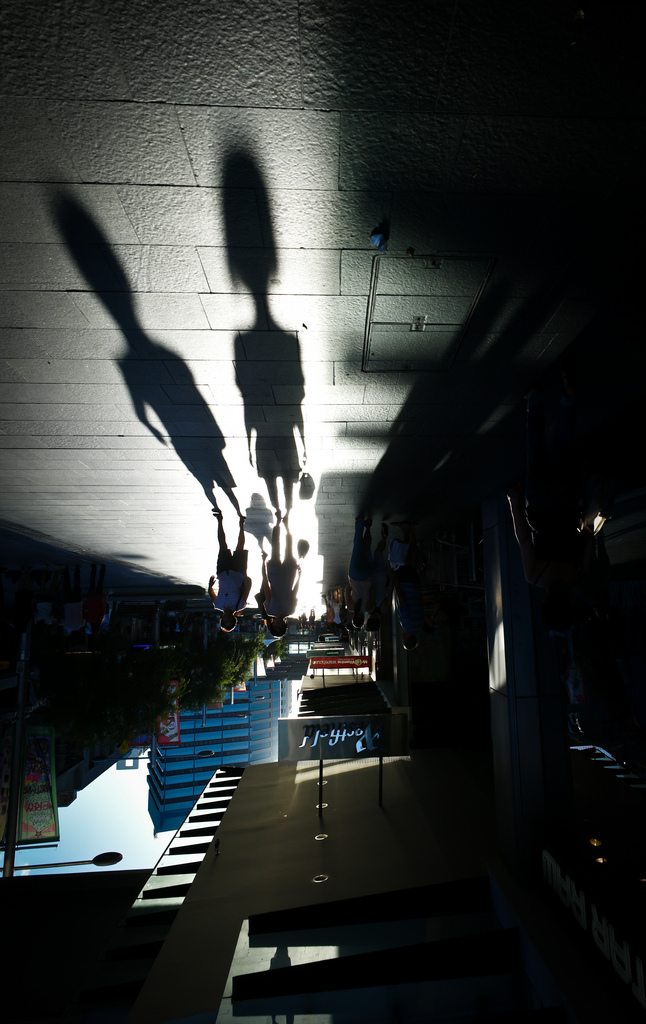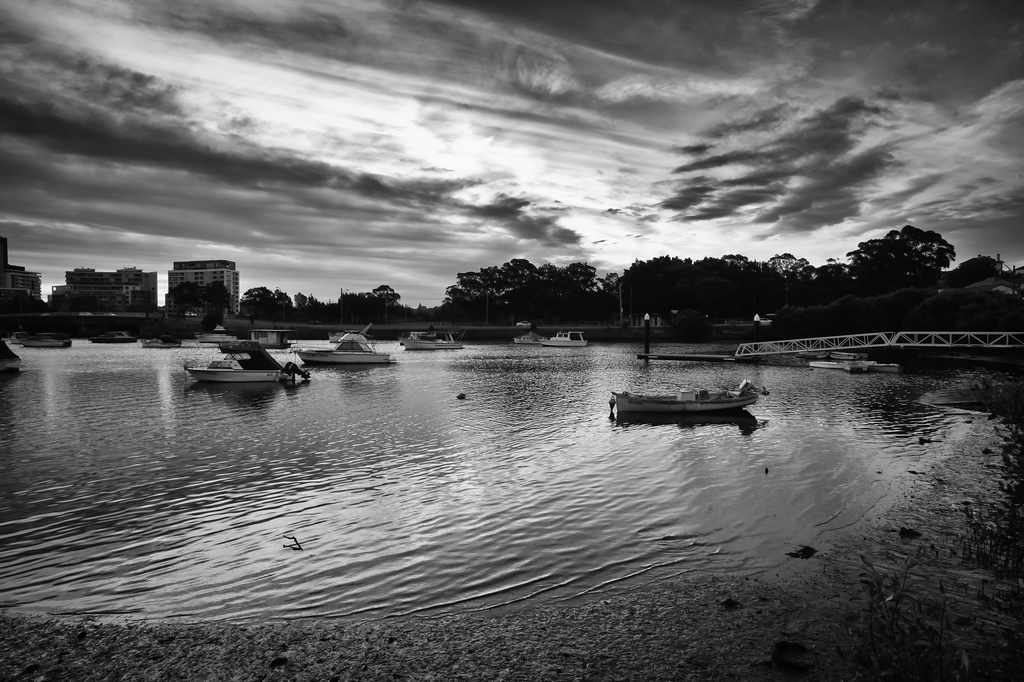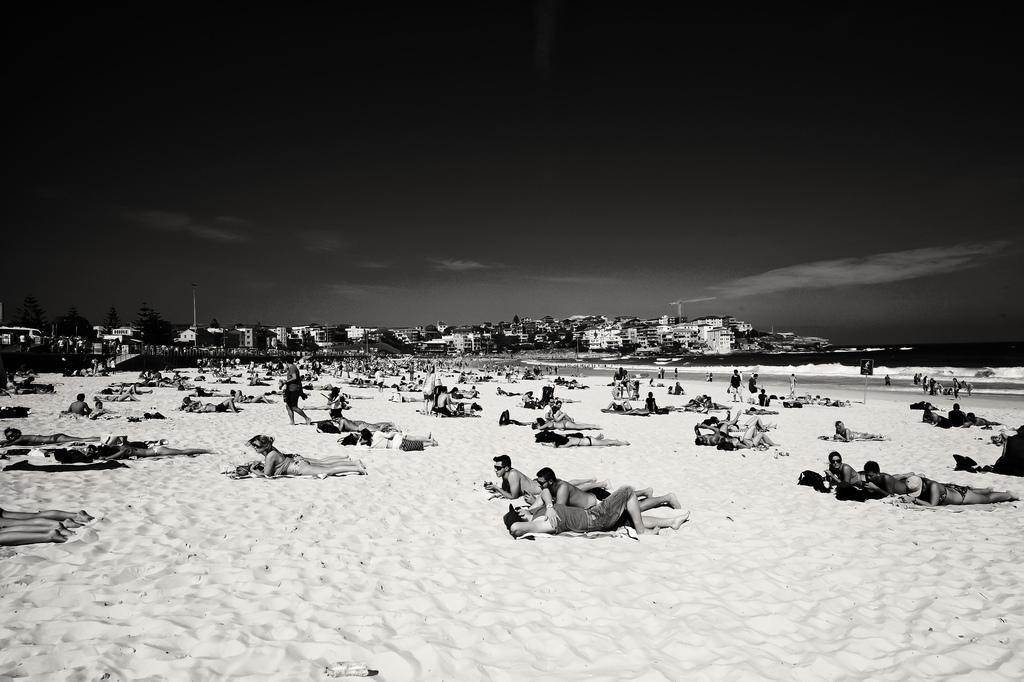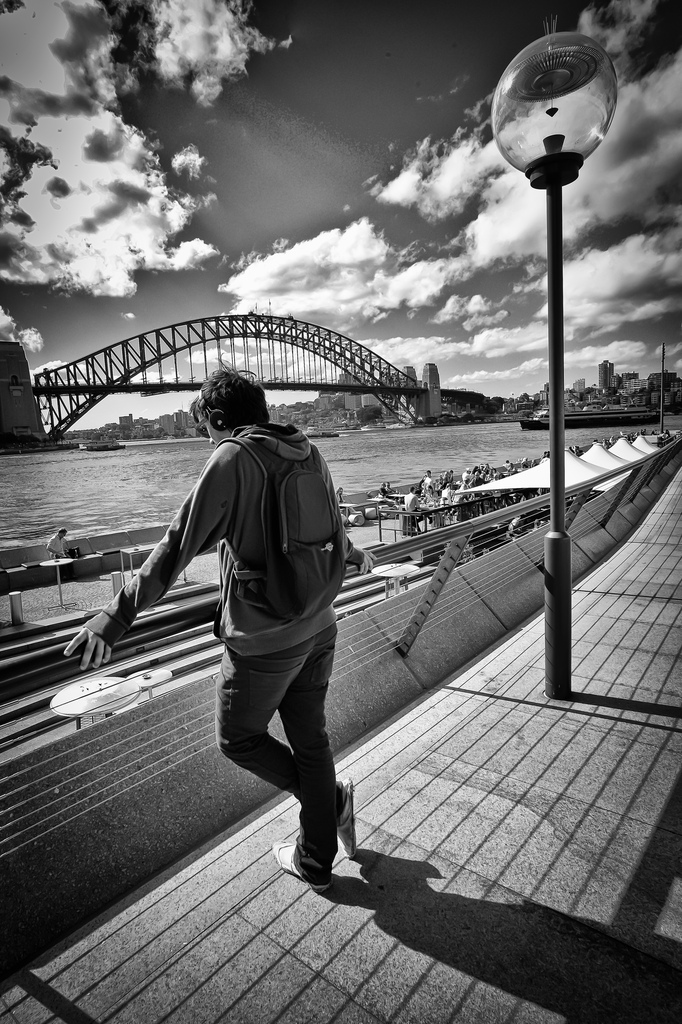Compared with Leica 50mm F0.95 Noctilux ASPH Lens
The Leica 50mm F1 Noctilux lens is a “Legend” among the Leica world and is renowned for its “Magical” qualities. It is not as clinical sharp as the latest Leica 50mm F0.95 Noctilux Asph lens but it’s unique rendering is what separate this lens from all other Leica lenses and remains special in today.
Image Quality
The Leica 50mm F1 Noctilux lens has the most unique rendering out of all the Noctilux. It produces “magical” glow with its smooth bokeh and unique out of focus background. The lens is not too clinically sharp like the newer aspherical version but its sufficient sharpness combined with smooth rendering making it the preferable lens for Portraits.
It’s colour rendition is towards natural and classical side with just enough amount of contrast and saturation. The lens does produce purple fringing and vignetting when wide open. Although It is not perfect lens but certainly one of the lenses with the most character.
Build Quality
The Leica 50mm F1 Noctilux lens is produced to very high Leica standards. It is a very solidly built lens but not as solid as latest Noctilux aspherical version. However, it weights less than the newer version and feels more compact size in the hands when mounted onto Leica M Cameras.
Specifications (Lens Reviewed)
Lens Code: 11 822
Production Year: 1993 - 2008
Construction: 7 Elements / 6 Groups
Diaphragm: 10 Blades
Maximum / Minimum Aperture: F1 - F16
Closet Focusing Distance: 1m
Filter Size: 60mm
Weight: 630g
Practical Use
The Leica 50mm F1 Noctilux lens shines at night with its ultra low light capturing ability when wide open aperture at F1. In comparison, the Leica 50mm F0.95 Noctilux ASPH is even more capable at low-light situations with its ability to capturing 11% more light at F0.95 than F1.
The lens is “magical” at shooting stationary subjects especially people portraits or objects. However, it does have a Long Focus throw which can undermine its street capturing abilities especially of moving subjects.
Conclusion
The Leica 50mm F1 Noctilux-M is the only F1 lens for 35mm photography manufactured by Leica. It’s almost “magical” rendering and amazing low-light capability is due to its extraordinary optical performance.
The Leica 50mm F1 Noctilux-M produces smooth out-of-focus area with outstanding colour rendition. This ultra-fast lens is capable of absorbing all surrounding light and output the most amazing bokeh you will ever see. All those things together is what making this legendary lens so unique and special.
Noctilux Versions
Leica 50mm F1.2 Noctilux
The world's first production aspherical camera lens, with two hand-ground aspherical surfaces.
Lens Code 11 820
Production Year 1966 - 1975
Filter Size Series VIII Filters
Weight 515g
Leica 50mm F1 Noctilux-M
There are 3 cosmetic versions of this lens. They all have the same optics with minimum focusing distance of one metre.
First version
Lens Code 11 821
Production Year 1976 - 1983
Filter Size 58mm
Weight 580g
Second version
Lens Code 11 821
Production Year 1983 - 1993
Filter Size 60mm
Weight 580g
Third version (Lens Reviewed)
Lens Code 11 822
Production Year 1993 - 2008
Filter Size 60mm
Weight 630g
Leica 50mm F0.95 Noctilux ASPH M Lens
Lens Code 11 602
Production Year 2008 - Present
Filter Size 60mm
Weight 700g





















